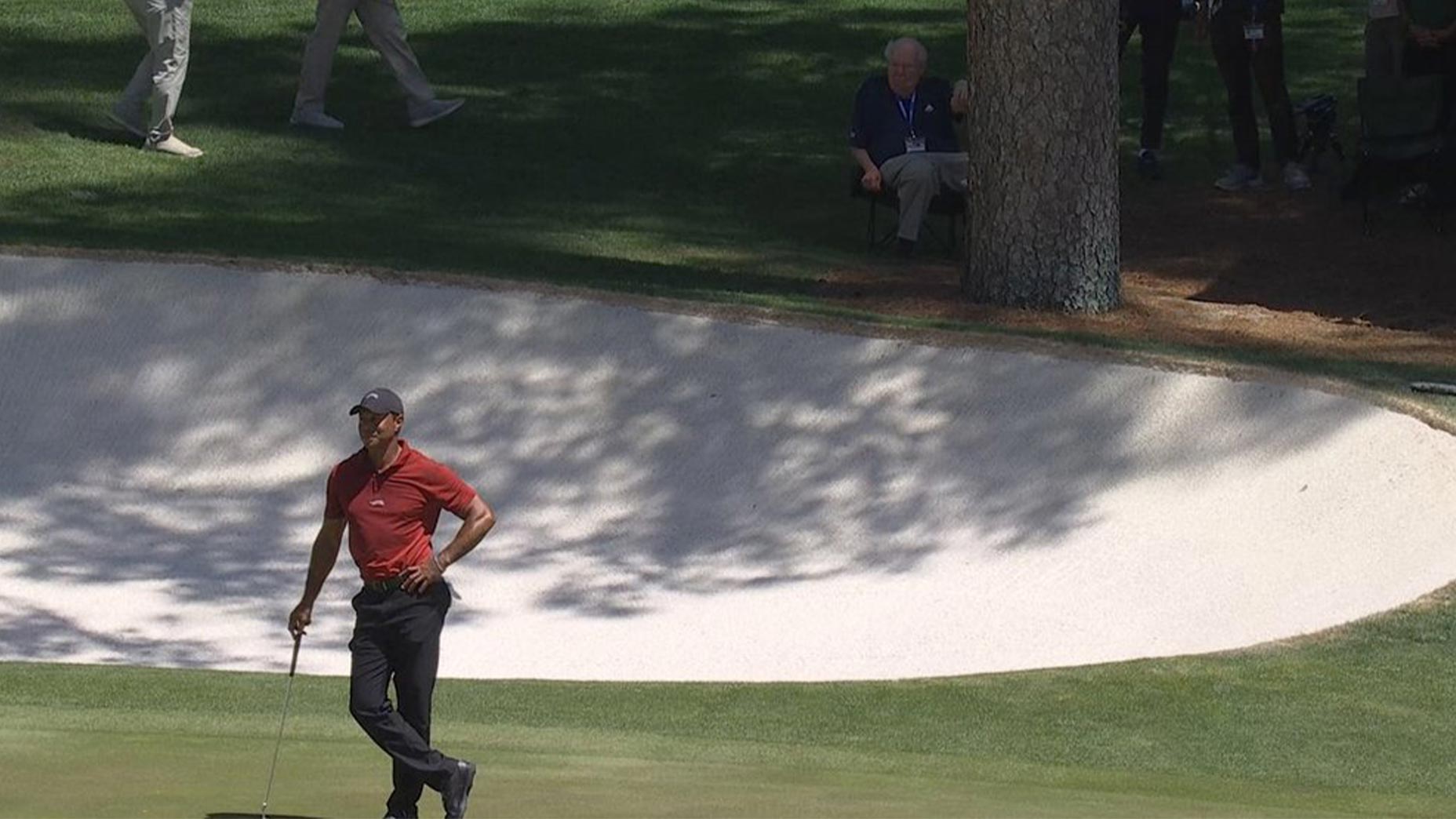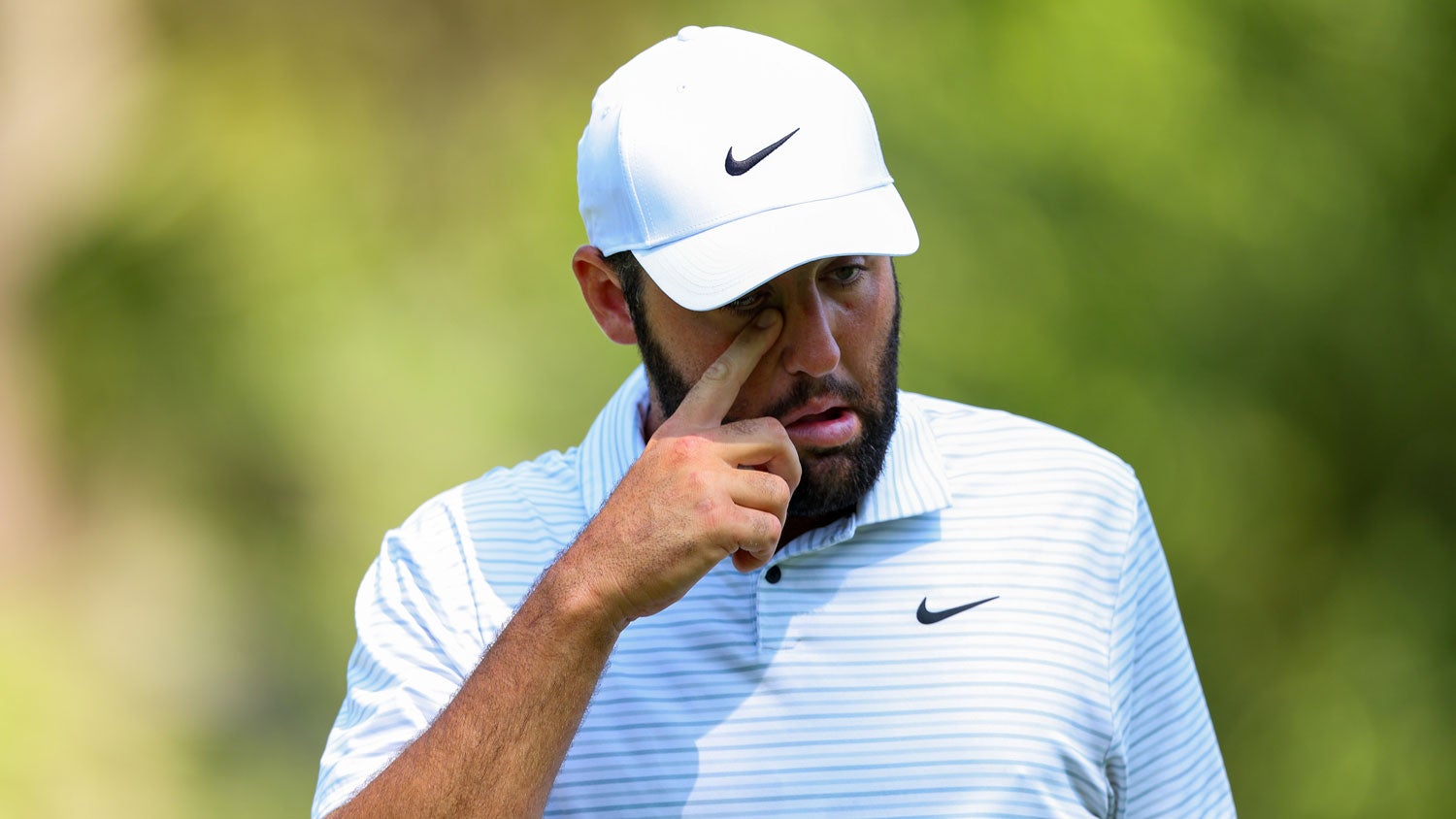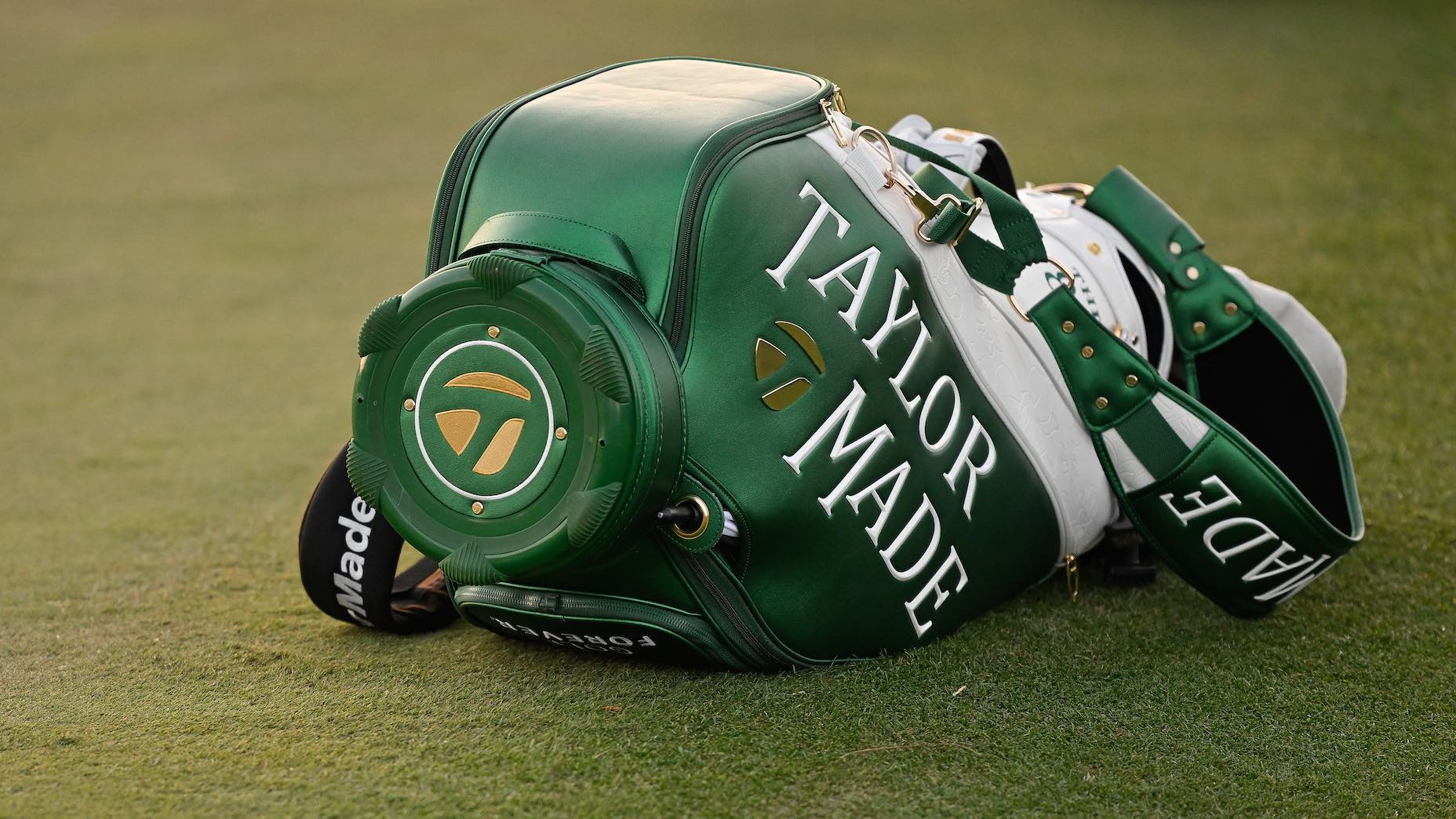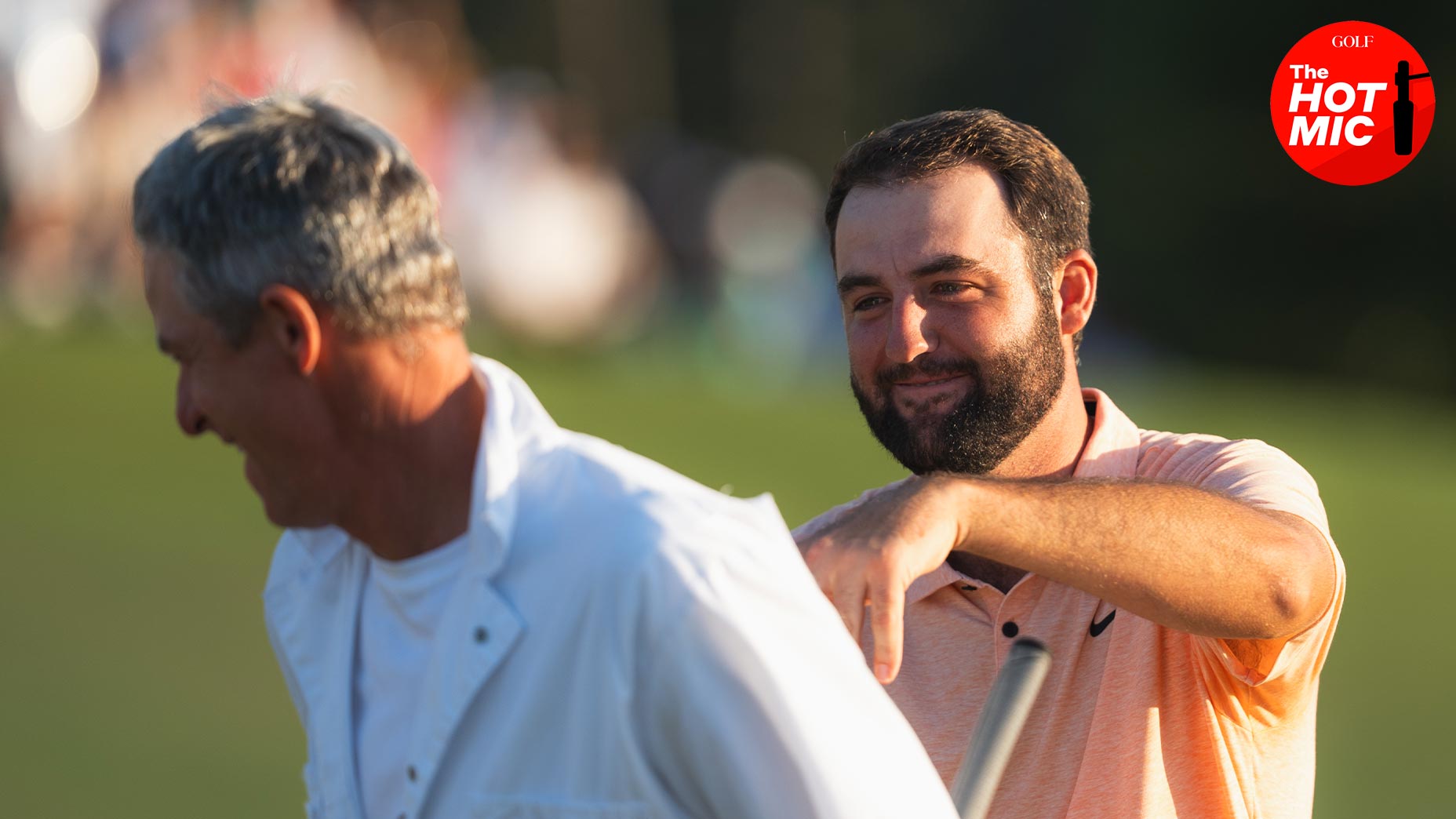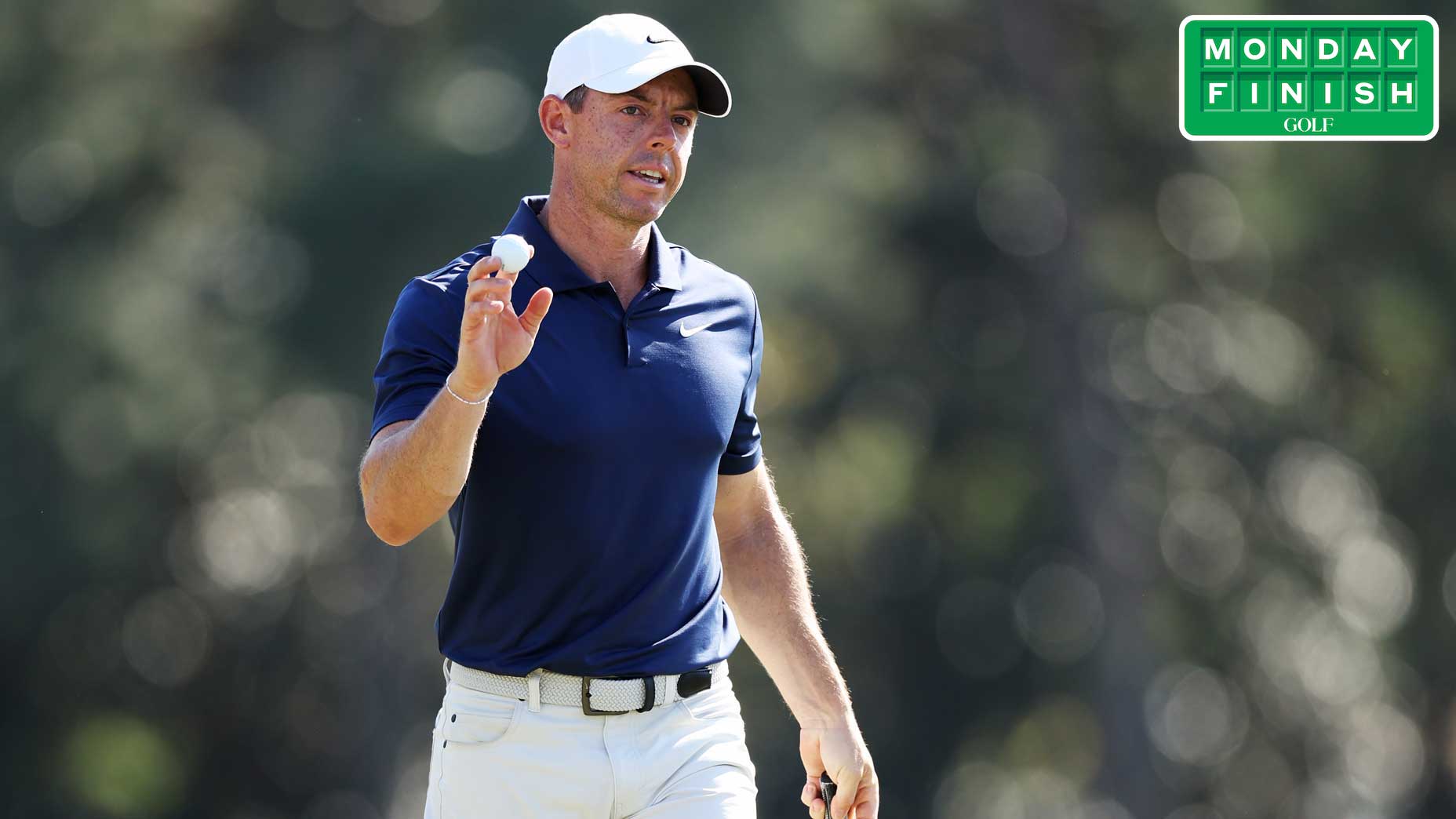The secrets to mastering Augusta National, according to players and coaches

There's a level of institutional knowledge at Augusta National that you simply don't get elsewhere; a product of the course being the host every year.
Getty Images
AUGUSTA, Ga — Because the Masters is the only major on the schedule that’s held on the same course annually, there’s a level of institutional knowledge that builds among players. Every year younger players seek out the veterans who have played the course countless times before, and coaches also help their students prepare.
So, on the eve of this year’s tournament, we rounded them up and asked them: What are the golden rules of playing Augusta National? The things that players need to do if they have any hope of winning a green jacket.
Needless to say, this isn’t an all-encompassing list, but here are 7 pieces of advice I kept hearing players and coaches talk about, time and time again, leading up to the 2020 Masters.
1. Always take the high line on long putts
If there’s one thing Augusta National is known for above all else, course-wise, it’s the greens. They’re wickedly slick, fast even when it rains, which means controlling your speed on putts of every length is imperative.
“Augusta’s greens are so fast and have so much slope on them, we don’t really have the opportunity to look at those very often,” GOLF Top 100 Teacher Jeff Smith says.
It’s a sentiment echoed by Abraham Ancer, who’s playing the Masters for the first time this week.
“If you get a little bit aggressive, you can definitely have a lot more six, seven, even eight-footers that you were not expecting,” Ancer says. “You definitely need to take a higher line every time.”
2. Control your distances with your wedges
Another thing players and coaches emphasize is distance control, for all their approach shots, but especially their wedge shots. It’s something Collin Morikawa has been focusing on intently during his practice rounds after seeking out 1998 Masters winner Mark O’Meara for advice.
“[O’Meara] gave me a very basic answer, which I love: which is control your wedge shots,” he said. “You have to be very precise with your distance control coming into greens.”

3. Use the slopes on your approach shots
Speaking of Morikawa, the newly-crowned PGA Championship winner has another piece of advice: Picking specific lines for your approaches into greens, which will allow you to access pins by using its surrounding slopes.
“I’m pretty detailed in my yardage book. I write down what lines I need to hit,” Morikawa says.
“The greens are tricky. I think we all know that. There’s a lot of slope to them, and just figuring them out, getting comfortable, and knowing what quadrants you might have to hit.”
4. You have to know how to hit draws
The idea that Augusta National is a drawers-only course is overplayed, says Matt Kuchar’s swing instructor and GOLF Top 100 Teacher Chris O’Connell, who points to Jack Nicklaus’ power fades as the ultimate contradiction to that argument.
But while hitting a draw isn’t mandatory at Augusta National, you need to have a draw ready to call upon, for when you might need it:
“51 weeks out of the year Matt Kuchar wants to fade or even slice the ball,” O’Connell says. “Then in March he starts asking me about a draw, because in March he starts thinking about Augusta.”
5. Identify the “dead spots” around the green
One thing I heard players constantly emphasizing is the importance of identifying the unequivocal no-go spots around the greens, and staying away from them at all costs. Some misses are fine, but there are other misses that you simply can’t make.
Former Masters champ Jordan Spieth said he learned that playing practice rounds with past champions.
“I was watching where they were hitting chip shots from. They only seemed to be practicing from the only spots they’d miss it on. They’re not practicing from the really bad spots because they’re making sure they never hit it in those bad spots, because otherwise you’re dead” he said.
6. Use spin on your chips
With the greens so fast and undulating, using lots of spin around the greens is often the only way of keeping the ball close to the hole, says GOLF Top 100 Teacher Jamie Mulligan, whose student Patrick Cantlay finished T-9 in 2019.
“There’s not really any place where you pitch that’s as unique as this,” Mulligan says. “[Patrick] played a practice round with Phicl Mickelson, and I told him to watch closely the pitches that he hit; the way he uses spin to check his ball into slopes, and then watch it matriculate slowly down to the hole.
7. Don’t get too aggressive on par-5s
Another piece of common wisdom is that in order to compete at the Masters, you need to play well on the par-5s. And while that’s true, there’s a more important correlation: Avoiding big numbers. That the last 10 Masters winners have made just two double bogeys combined.
Jon Rahm, who has finished fourth and ninth in his last two starts here, says that’s something to keep in mind throughout your round, even on the par 5s, when it’s easy for players to get too aggressive.
“The one thing I keep repeating and repeating to myself, because it’s important, is knowing that every hole, except the par 5s, plays over par,” Rahm says. “Even knowing that not all the par 5s play crazy under par. I think the only one that usually does is 13. So if you make a par on a par 5, it’s not the end of the world. If you don’t get up and down for birdie, it shouldn’t be upsetting because you’re still beating the field making a par.”



